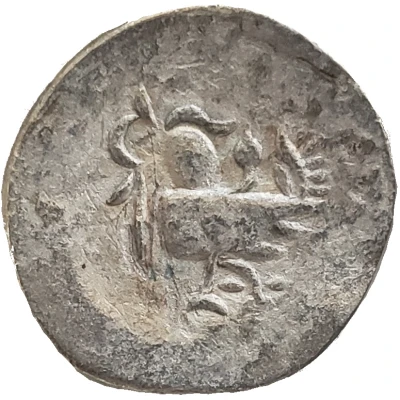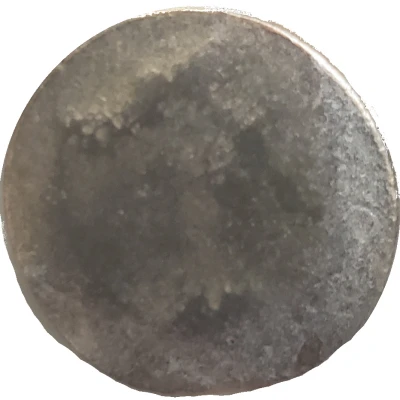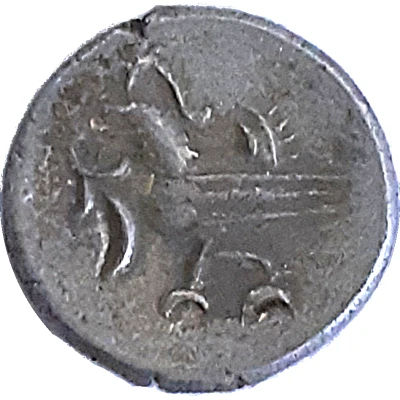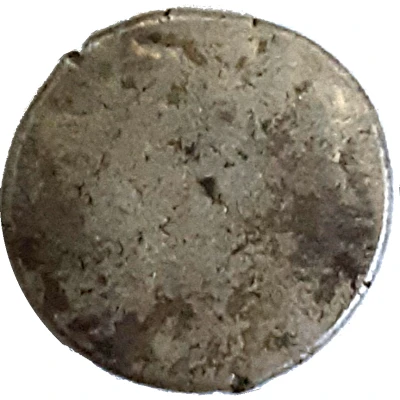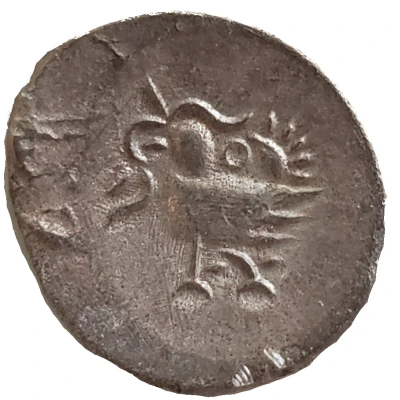
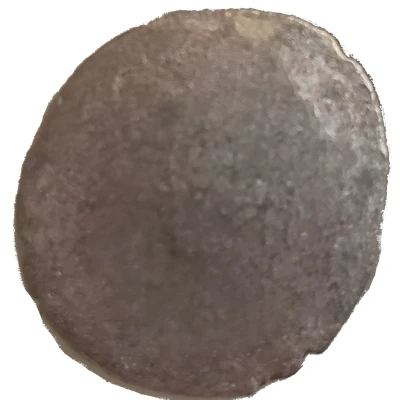

© Micheal Linke
2 Pe / ½ Fuang - Hamsa ND
| Silver | 1.4 g | 14 mm |
| Issuer | Cambodia |
|---|---|
| King | Ang Duong (1840-1860) |
| Type | Standard circulation coin |
| Years | 1847-1860 |
| Value | 2 Pe = ½ Fuang (1⁄16) |
| Currency | Tical (1431-1880) |
| Composition | Silver |
| Weight | 1.4 g |
| Diameter | 14 mm |
| Thickness | 1.5 mm |
| Shape | Round (irregular) |
| Orientation | Variable alignment ↺ |
| Demonetized | Yes |
| Updated | 2024-10-04 |
| Numista | N#297967 |
|---|---|
| Rarity index | 85% |
Reverse
Unifaced coin, reverse is blank
Edge
Flat or slightly rounded
Comment
The denominations were based on the old weight system with names adopted from the Cambodian system, similar to the Thai system, though Thai names are often used. 1 fuang is the equivalent to 1/8 of a tical, but in Khmer the denomination is 'slung' often written as 'sliń' which was once 1.7g. The Thai system is heavier (3.8g = 1 salung). The old system of weights/denominations is as follows 1 tamlin (Thai tamlung) = 4 pād (Thai baht) = 16 slin (Thai salung) = 32 hvīoen (Thai fuang) = 128 bai (Thai pai)The majority of the surviving "1/2 fuang" coins have the same design, featuring the Hamsa, a mythical bird, facing left. The bird has a crest on its head and an upright tail, with some flora in its beak/bill. The image of the hamsa on these coins is presented in a simple stylized form, much different from its appearance as found on temples and art throughout the region. The hamsa image is often mistaken in several coin publications to be a cockerel.
There are many varieties of this coin type, with different tail feather types, dot placement or other symbols usually below the flora held in the hamsa's mouth.
https://www.academia.edu/34862345/The_Uniface_Coinage_of_Cambodia_16_19th_century
Interesting fact
The Hamsa ND (1847-1860) coin from Cambodia features an image of a Hamsa, which is a mythical creature that is said to bring good luck and prosperity in Khmer culture.
